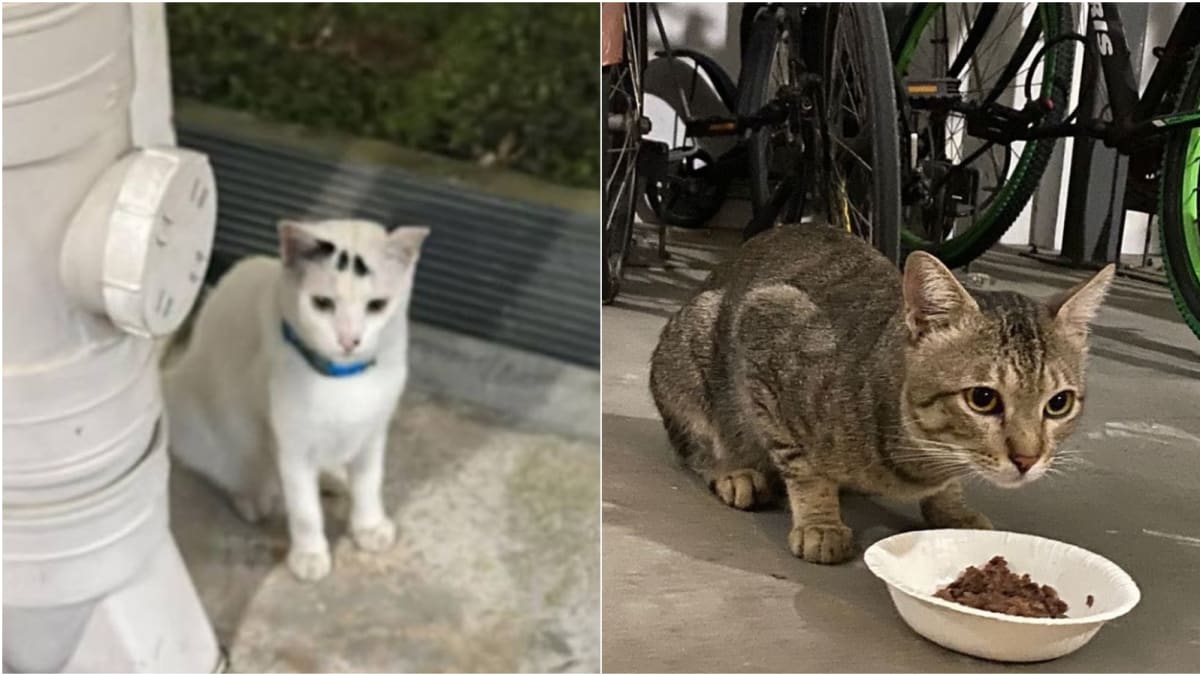What if the accident is serious?
According to SPCA, if the accident has led to death or serious injury to a human, or resulted in serious damage to a vehicle or structure, the vehicles involved and any evidence must not be moved unless directed by the police.
The only exceptions are if it is needed to rescue the people or animals involved, or to prevent further hazards. In such cases, the vehicle or its parts may be moved only as far as it is needed.
“The motorist should capture potential evidence by taking clear photos and videos with timestamps, and by documenting the exact address of the location,” said Ms Aarthi Sankar, executive director of the SPCA.
How common are road accidents involving animals?
Ms Sankar said that in 2024, SPCA investigated 15 hit-and-run cases involving animals. However, she noted that that figure is “only a subset” of the cases, as some are reported to other animal welfare organisations, while others go unreported or unnoticed. SPCA added it could not provide data on other years.
In 2024, at least two sambar deer died on the roads, while wildlife groups have also noticed an “exponential increase” in reported roadkill of the critically endangered Sunda pangolins in recent years.
Mandai Wildlife Group’s animal hospital, for instance, saw more than 40 pangolins killed or injured on average in a year between 2021 and 2023, up from around 20 annually between 2015 and 2020.
A spokesperson for NEA said that over the past three years, it has received an average of 1,700 public feedback annually on dead animals and birds sighted. Members of the public are advised to report any sightings of animal carcasses via the myENV or OneService app.
How can you tell if the animal is a road hazard?
There is no specific size criterion to determine if an animal constitutes a road hazard, said TP.
“Motorists should consider factors such as traffic volume, the position of the animal on the road, and the road speed limit. If the animal obstructs any part of the road or may force other road users to make evasive manoeuvres or sudden braking, the animal should be moved but only if it is safe to do so.”
Should you move the animal if it is obstructing traffic?
If the injured animal or carcass is in a position where it poses a safety hazard to other road users, motorists may move it to a safe location if it is safe to do so, said TP. Otherwise, motorists may call the police for assistance.
However, you should not try to touch or handle certain animals, according to ACRES.
“Animals like wild pigs, otters and sambar deer who are injured can be defensive and scared and we suggest for (the) public not to handle them,” it said, adding that motorists can contact the society or NParks for assistance and advice.
What if the animal appears to be a pet?
In cases where the animal is likely to be a pet, motorists must take reasonable steps to inform its owner of the accident, said NParks.
The agency added that drivers should take note of whether the animal has any collars, tags or other identifying features, and if possible, capture clear photographs. The information should then be sent to NParks, so that the agency can help reunite the animal with its owner or caregiver.
Those driving should also take note of the location of the accident, said ACRES, adding that they can also post on Facebook pages which are focused on lost and found pets.
